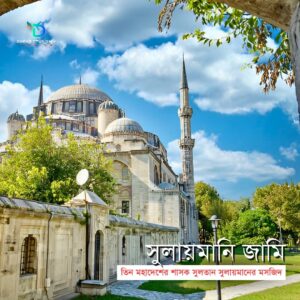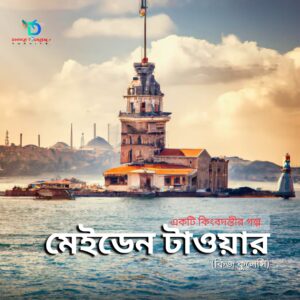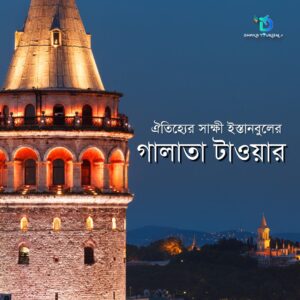Konya, a city steeped in history and cultural significance, holds a remarkable treasure trove of architectural wonders. At the heart of its architectural heritage lies the awe-inspiring structures built during the Seljuk period, an era that witnessed the rise of a magnificent dynasty. In this blog, we embark on a journey through time to explore the captivating Seljuk architecture in Konya, marveling at the grandeur and artistic prowess that continues to leave visitors spellbound.

A Glimpse into the Seljuk Dynasty:
To truly appreciate the architectural marvels of Konya, it is imperative to understand the historical context in which they were created. The Seljuk Empire, an influential Turkic dynasty, flourished between the 11th and 13th centuries, leaving an indelible mark on Anatolian culture and architecture. With Konya as its capital, the Seljuk dynasty nurtured a golden age of artistic expression, resulting in the creation of breathtaking structures that stand to this day.

The Symbol of Konya: Alaeddin Mosque:
No exploration of Seljuk architecture in Konya would be complete without mentioning the iconic Alaeddin Mosque. Situated atop a hill overlooking the city, this magnificent mosque is a testament to the architectural genius of the Seljuk era. Its imposing structure, adorned with intricately carved stone and breathtaking calligraphy, offers a glimpse into the grandeur of the time. Step inside, and you’ll be greeted by a tranquil atmosphere and a stunning display of Islamic artistry.
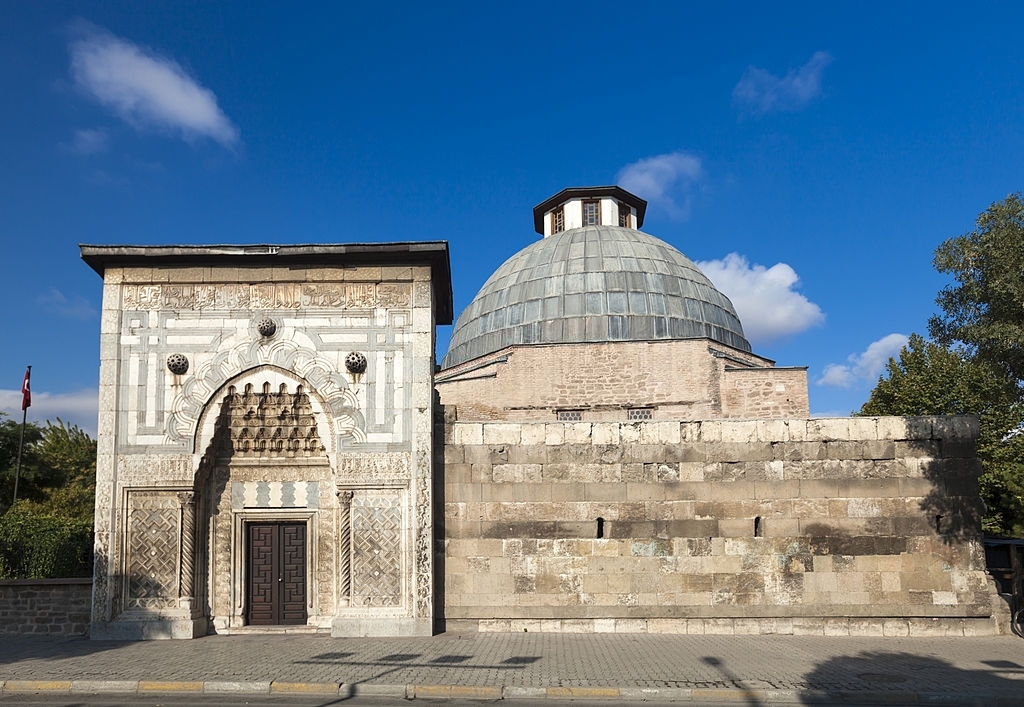
Mesmerizing the Senses: Karatay Madrasah:
Another jewel in Konya’s architectural crown is the Karatay Madrasah. Originally designed as an educational institution, this masterpiece of Seljuk architecture now houses the Konya Tile Museum. Visitors are treated to a visual feast of intricate tilework, showcasing the mastery of Seljuk craftsmen. The vibrant hues and geometric patterns adorning the walls and domes create an otherworldly ambience, transporting visitors to a bygone era of artistic excellence.

The Mausoleum of Rumi: A Spiritual Haven:
No visit to Konya would be complete without paying homage to Mevlana Celaleddin Rumi, the renowned poet, philosopher, and founder of the Mevlevi Order, commonly known as the Whirling Dervishes. The mausoleum dedicated to Rumi, also known as the Mevlana Museum, is a sacred space revered by followers and visitors alike. The architecture of the mausoleum is a harmonious blend of Seljuk, Anatolian, and Persian influences, reflecting the cosmopolitan nature of Rumi’s teachings and the Mevlevi Order.
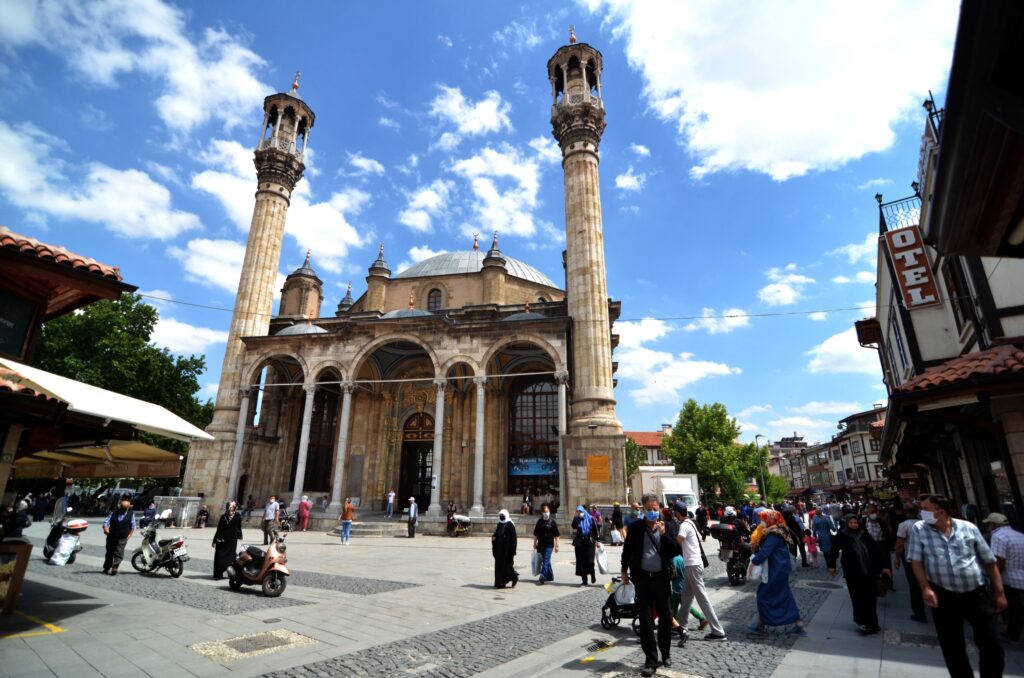
The Seljuk Caravanserais:
Konya’s architectural splendors extend beyond religious structures. The Seljuk dynasty’s vision of facilitating trade and commerce led to the construction of caravanserais, which provided shelter and amenities for traveling merchants and their goods. These impressive structures, such as the Sultan Han and the Alaybey Han, showcase the Seljuk’s ingenuity in creating functional spaces that also exude architectural brilliance. The intricate arches, stone carvings, and spacious courtyards offer a glimpse into the vibrant trading culture of the time.
Let us make your dream vacation a reality in Turkey. Contact us on Facebook, WhatsApp, and stay connected on LinkedIn, Instagram, Twitter for updates.
Explore our travel packages and destinations. Let us create unforgettable memories together!


